
https://www.sachspal.de
#science #paleontology

#science #paleontology
#fossilfriday #dinosaur #dinosaurs #newyork #fossil #fossils #cretaceous #mongolia #nature #museum




#fossilfriday #dinosaur #dinosaurs #newyork #fossil #fossils #cretaceous #mongolia #nature #museum
#fossilfriday #fossil #plesiosaur #ichthyosaur #tuebingen #germany #fossils #jurassic #england




#fossilfriday #fossil #plesiosaur #ichthyosaur #tuebingen #germany #fossils #jurassic #england




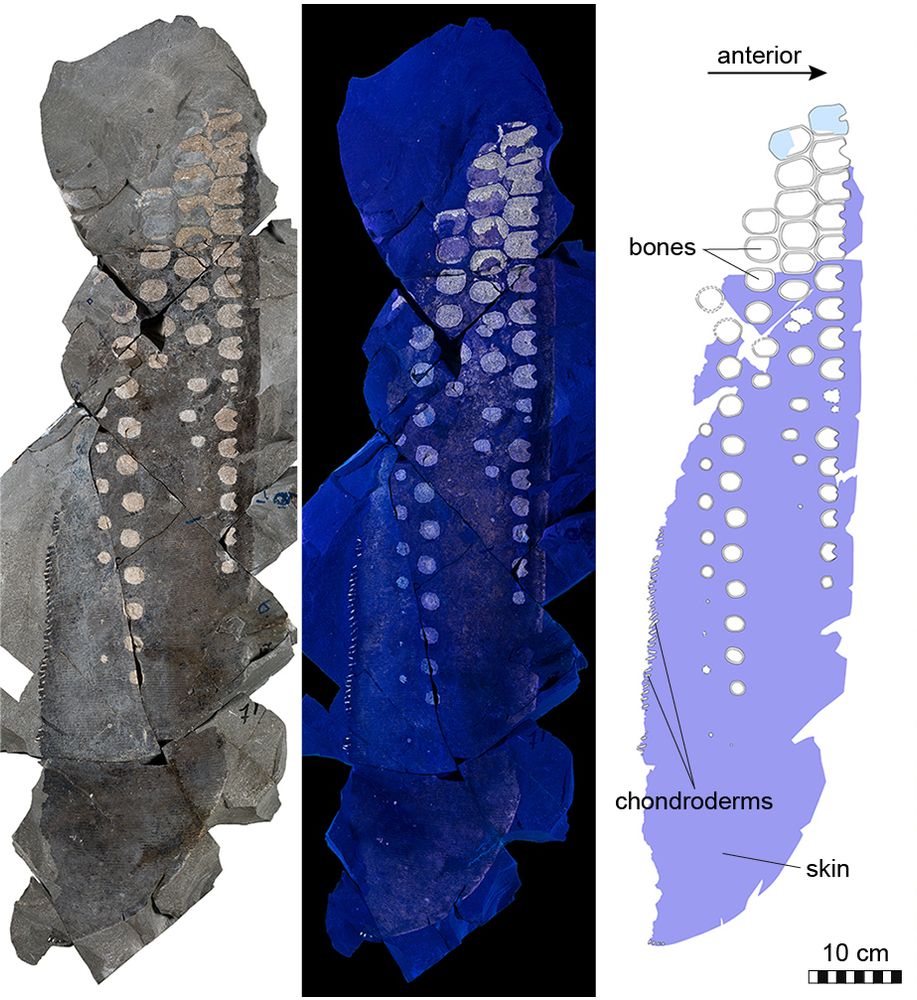
#paleontology #biology #germany

#paleontology #biology #germany
#science #news #scicomm
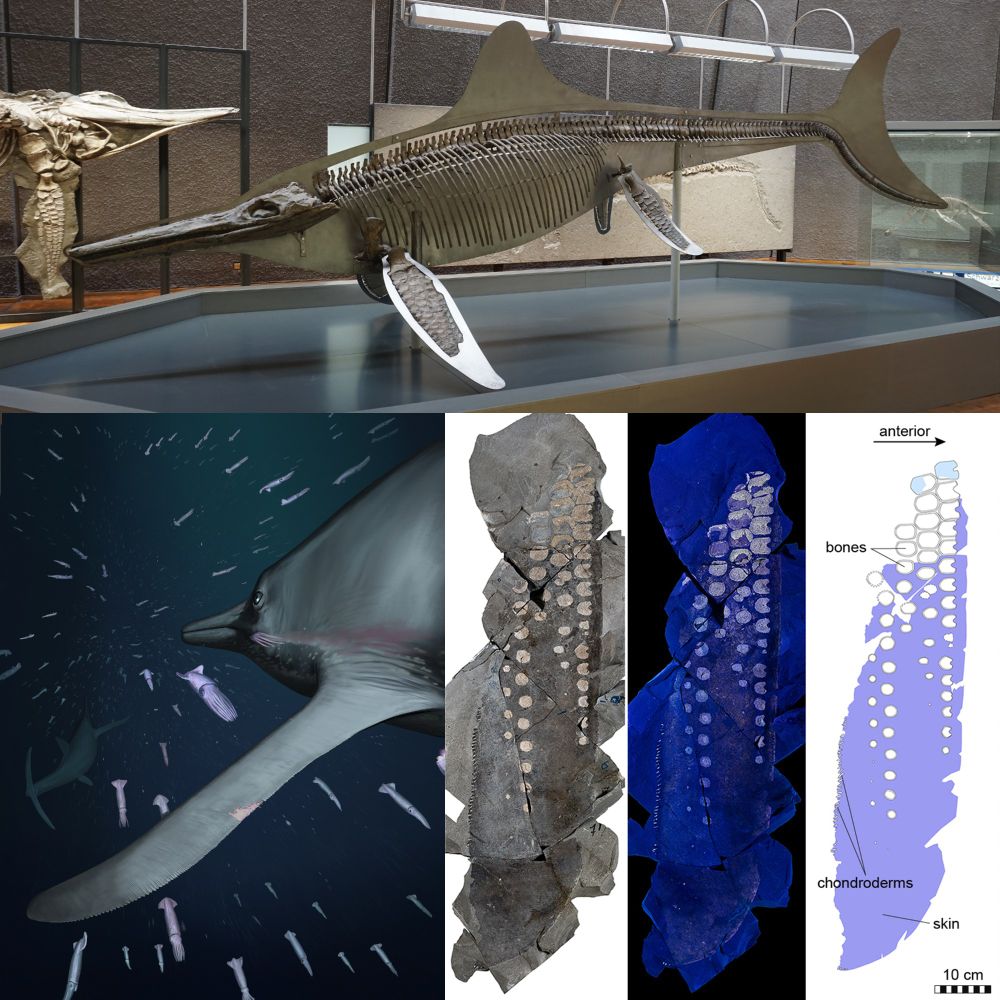
I've just been informed that an important study I'm involved in is set to be published next Wednesday. This photo offers a hint at what it's about. I can't reveal more details, but our study will change the way we look at these marine animals.

I've just been informed that an important study I'm involved in is set to be published next Wednesday. This photo offers a hint at what it's about. I can't reveal more details, but our study will change the way we look at these marine animals.
Source: upload.wikimedia.org/wikipedia/ru...
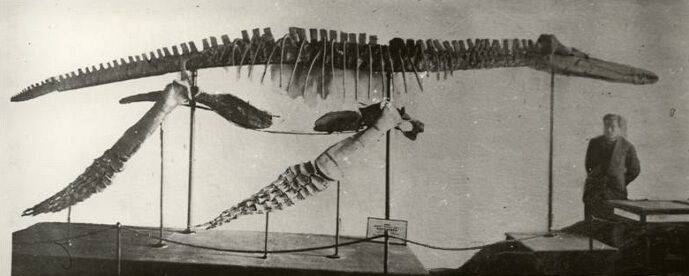
Source: upload.wikimedia.org/wikipedia/ru...
#FossilFriday #paleontology #science #research #nature
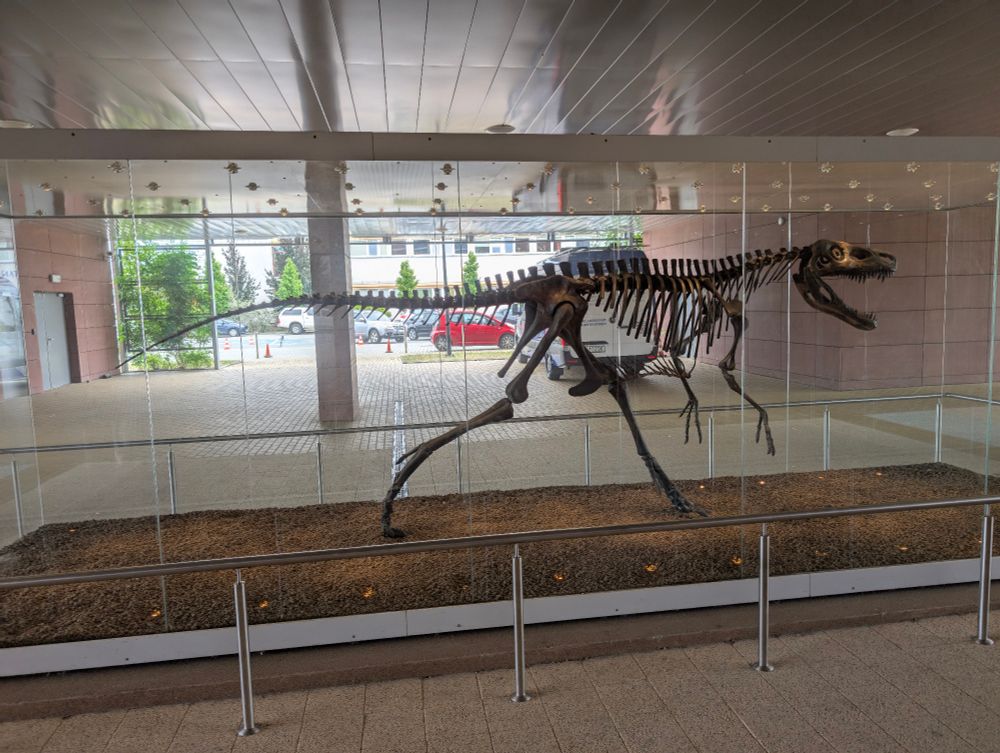
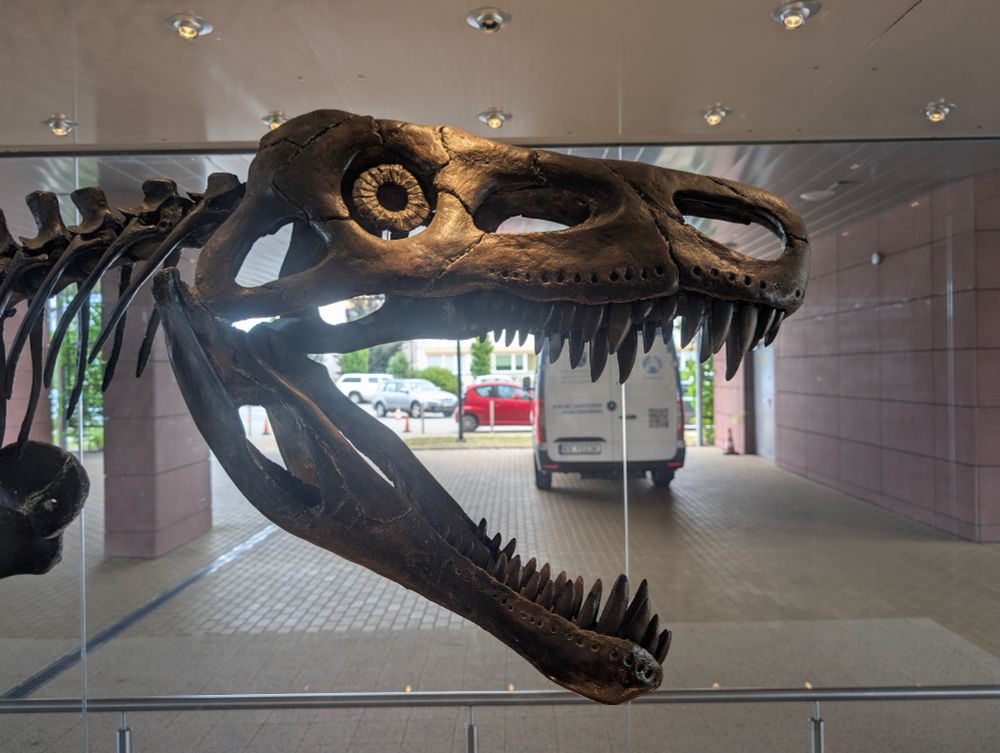

#FossilFriday #paleontology #science #research #nature
#fossilfriday #art #germany
#fossilfriday #art #germany
#research #science #paleontology #palaeontology
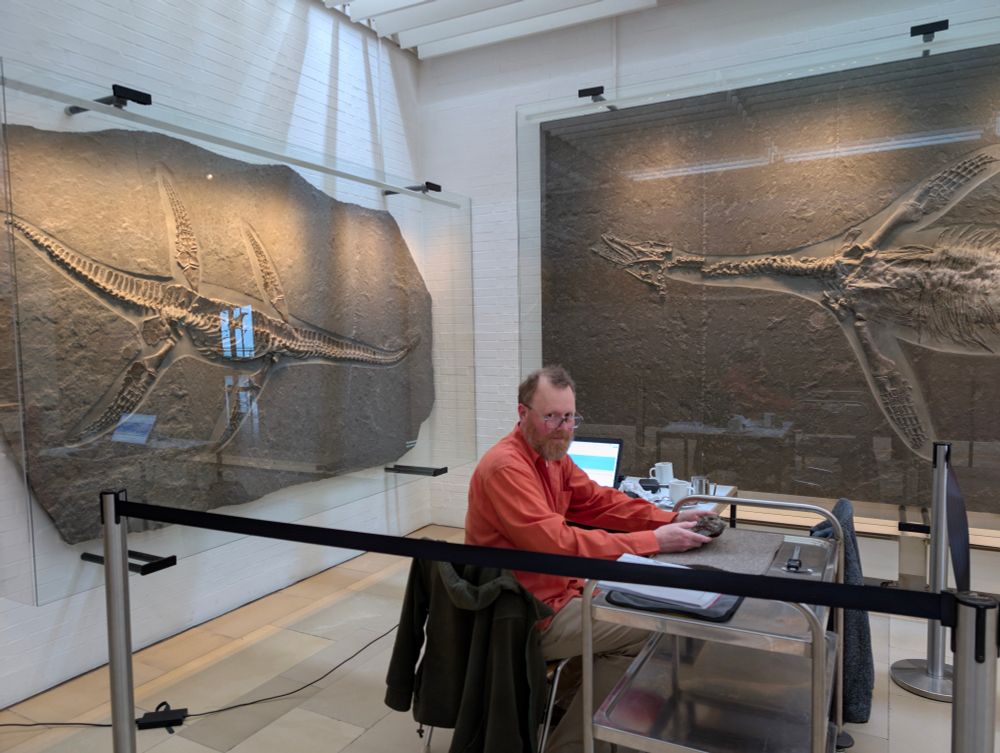
#research #science #paleontology #palaeontology
I'm happy to announce that our paper on Stoilodon lindenbergi, a new chimaeroid species from the Lower Cretaceous of #Germany, is out. We named it after the German singer Udo Lindenberg, born in Gronau in Westfalen where the specimen was found.
#science
1/3
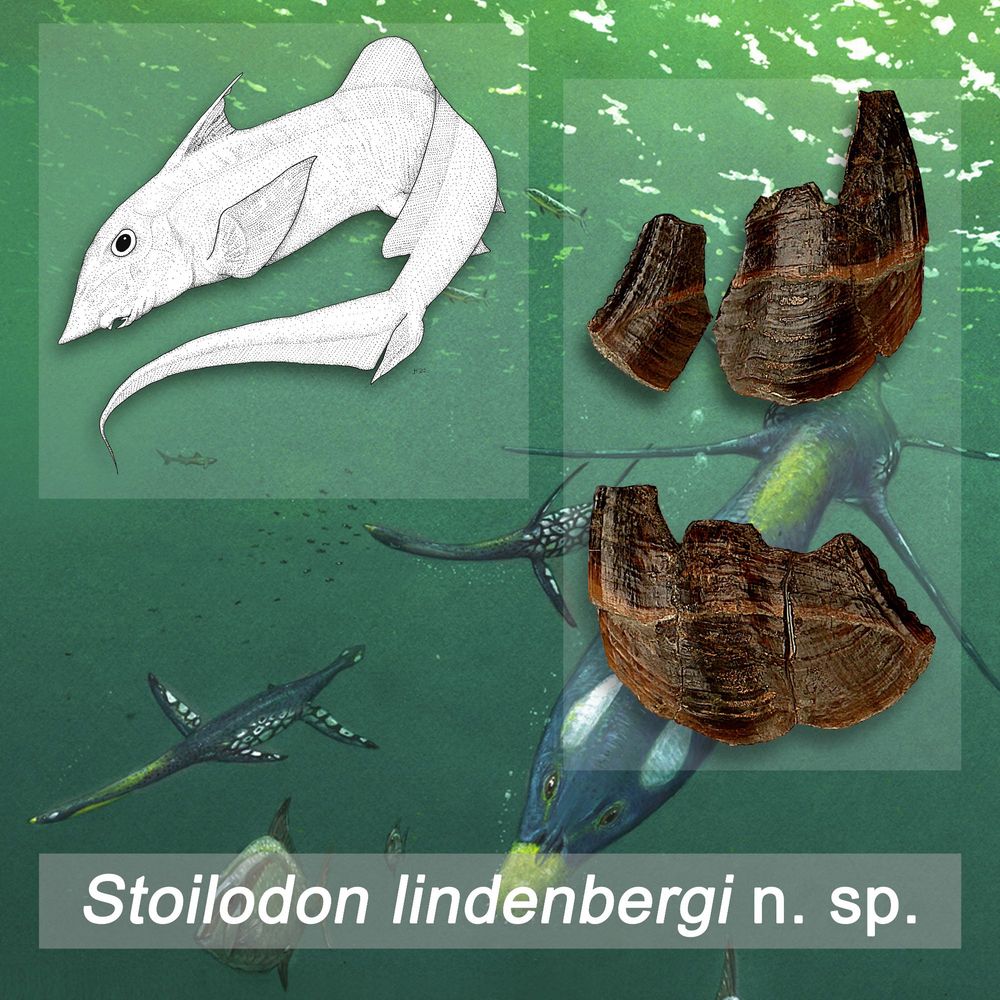
I'm pleased to announce that our paper on the plesiosaur Plesiopterys wildi has been published today in PeerJ: peerj.com/articles/189...
In our study, led by @miguelpmarx.bsky.social, we describe a new and previously undescribed specimen.
#science #research
1/4
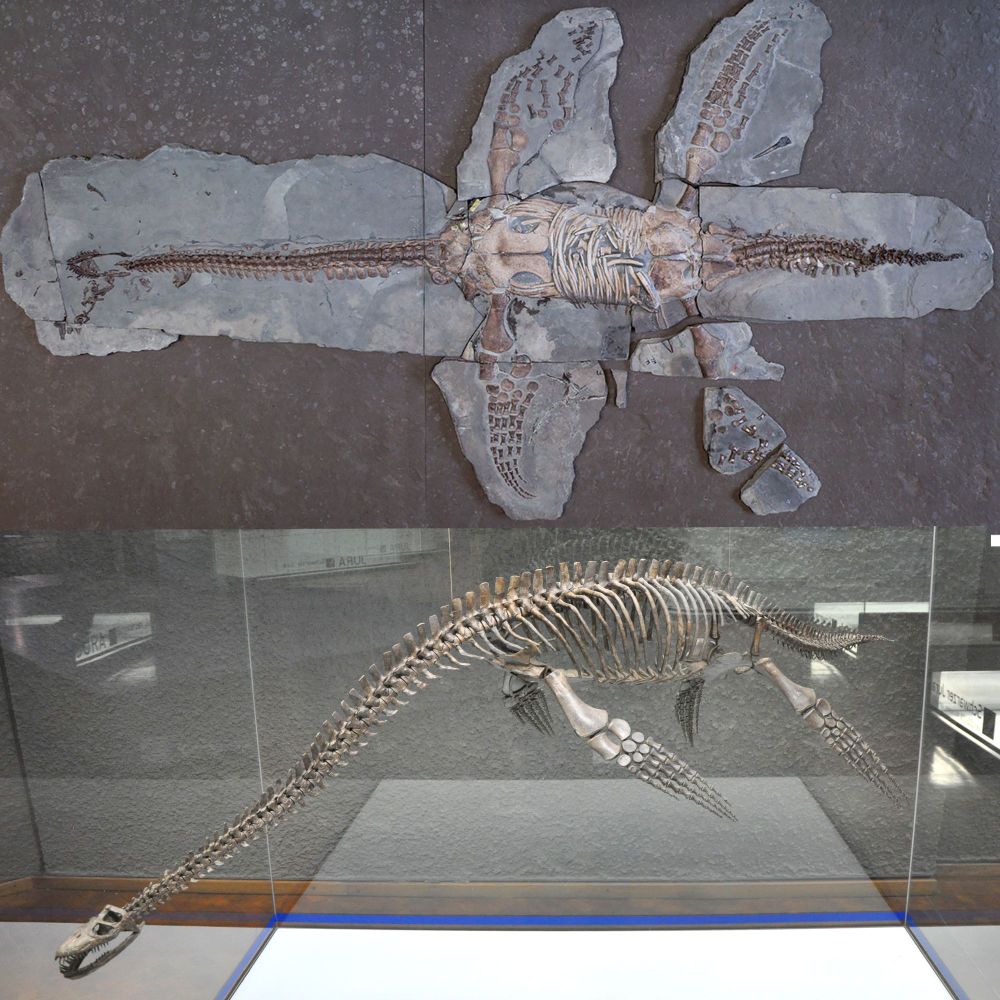
I'm pleased to announce that our paper on the plesiosaur Plesiopterys wildi has been published today in PeerJ: peerj.com/articles/189...
In our study, led by @miguelpmarx.bsky.social, we describe a new and previously undescribed specimen.
#science #research
1/4
#fossilfriday #science #germany #paleontology #nature
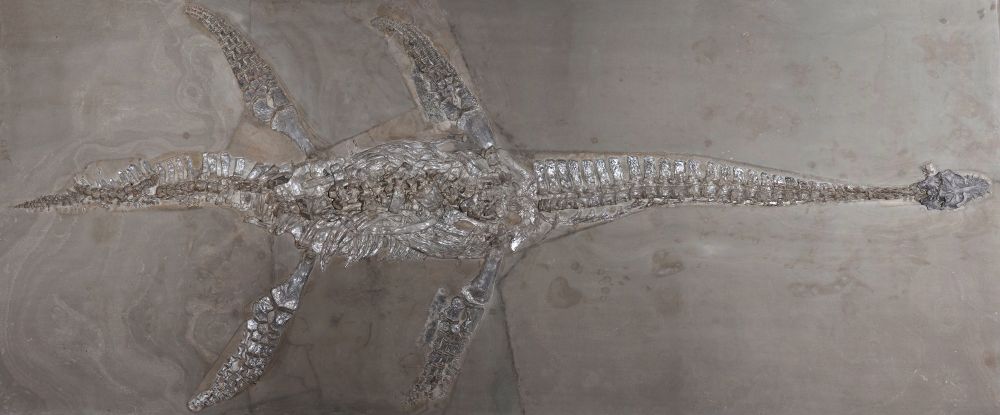
#fossilfriday #science #germany #paleontology #nature
Link to our study: anatomypubs.onlinelibrary.wiley.com/toc/19328494...
6/6
#ocean #life

Link to our study: anatomypubs.onlinelibrary.wiley.com/toc/19328494...
6/6
#ocean #life
#palaeontology #fossils #research #marine
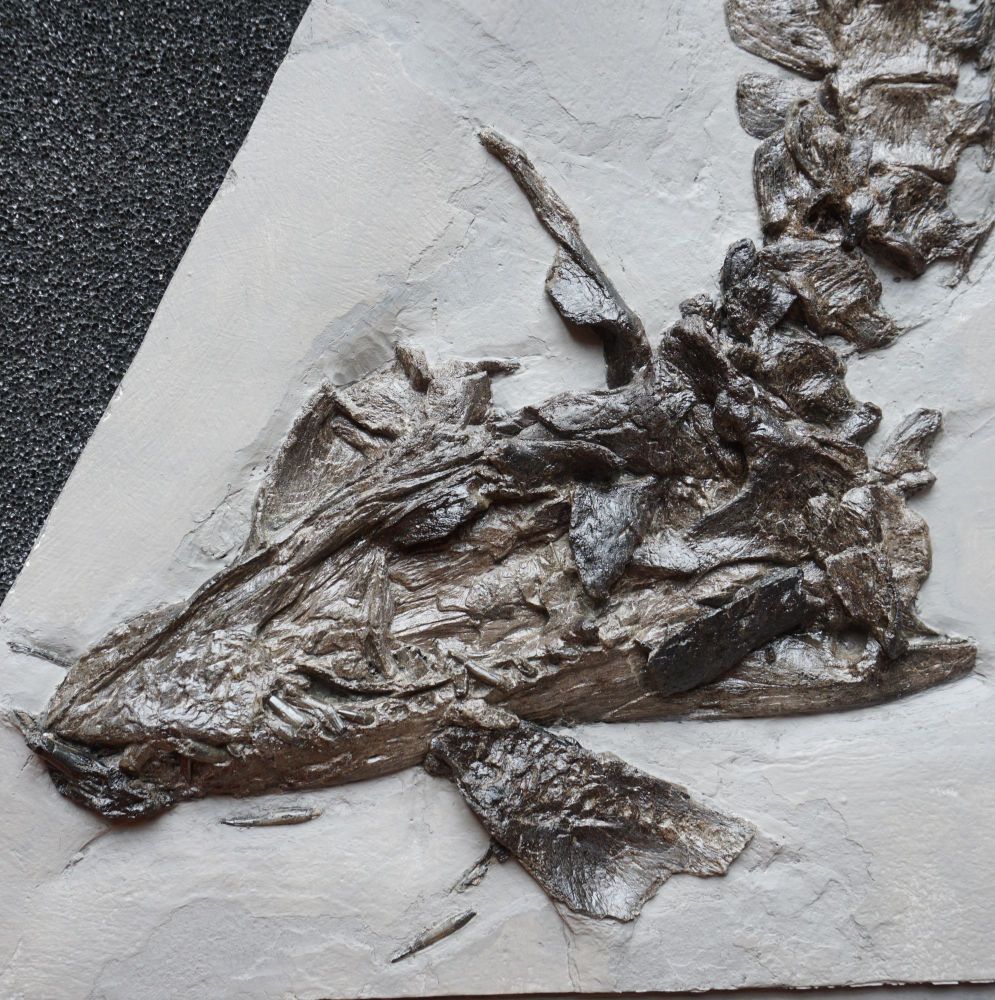
#palaeontology #fossils #research #marine
#Stuttgart #museum
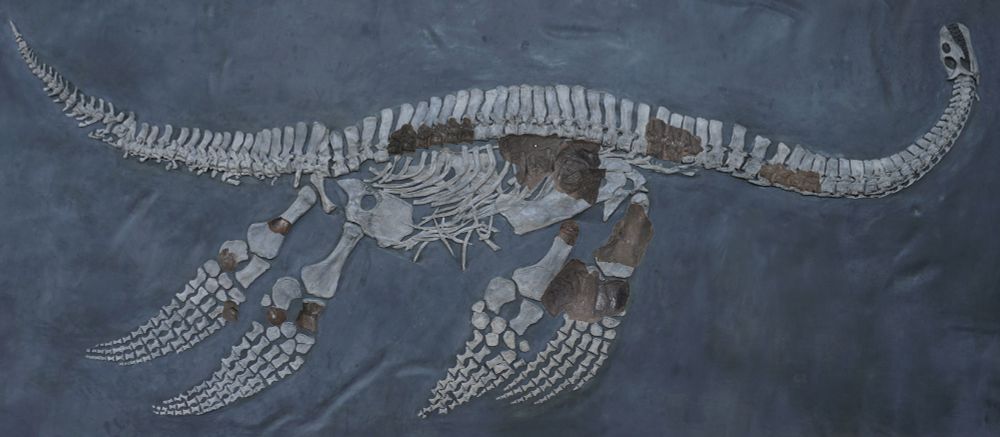
#Stuttgart #museum
#palaeontology #biodiversity
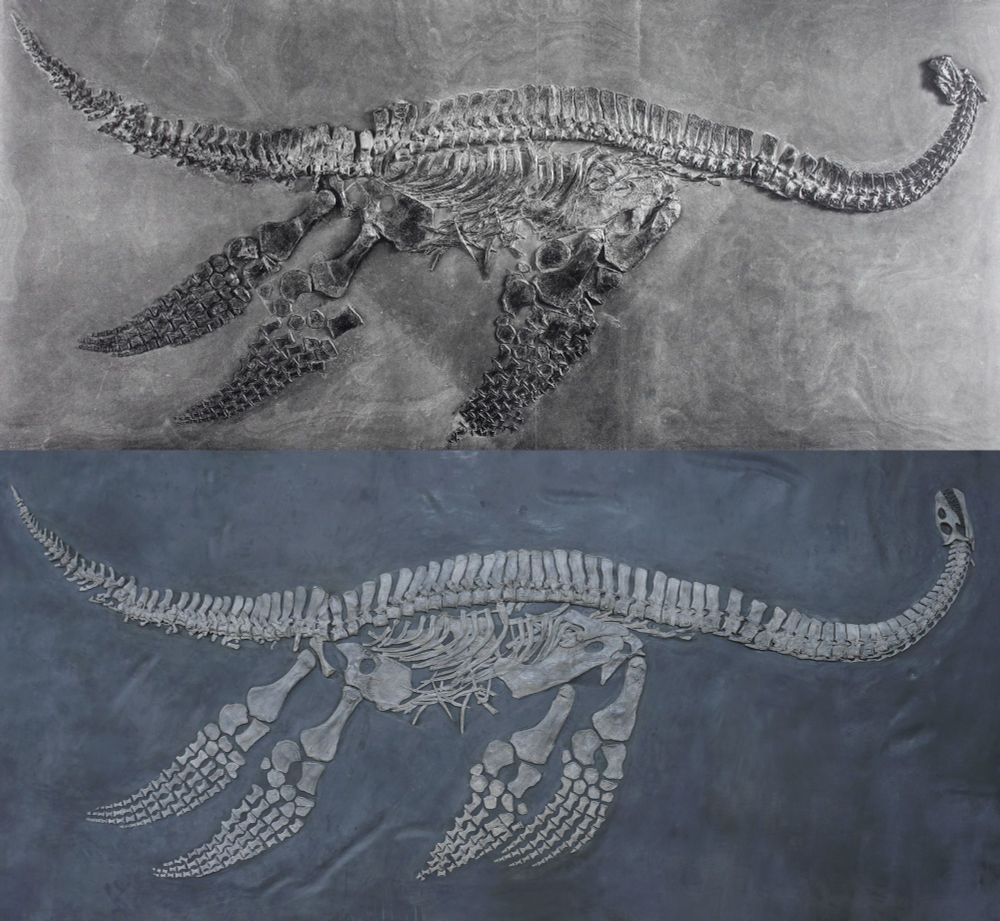
#palaeontology #biodiversity
#Berlin #History

After 12 years of work, our paper about Seeleyosaurus was published today. Seeleyosaurus was the first complete plesiosaur found in Germany. The holotype at the NHM Berlin is almost complete, articulated and even has fossilised skin. 1/6
#FossilFriday #Science #Germany

After 12 years of work, our paper about Seeleyosaurus was published today. Seeleyosaurus was the first complete plesiosaur found in Germany. The holotype at the NHM Berlin is almost complete, articulated and even has fossilised skin. 1/6
#FossilFriday #Science #Germany
Link to our OA publication: www.nature.com/articles/s41...
#museum #luxembourg #pliosaur #fossil

Link to our OA publication: www.nature.com/articles/s41...
#museum #luxembourg #pliosaur #fossil

